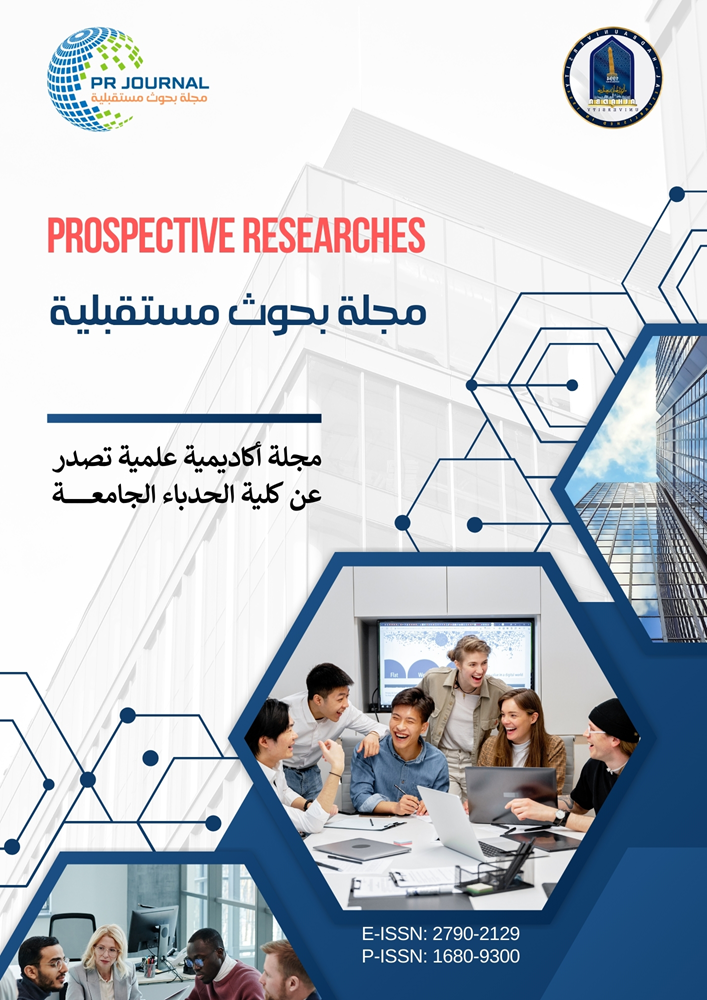المعرفة المحاسبية
الاصل والتوجه الجديد في ادارتها
الملخص
Knowledge of accountancy is an applied art developed then to be an
approved and believable science. It deals with harmony and persuasion in
presenting the accounting information.
Knowledge of accountancy had various stages since the time during
which it was written in clay tablets and candles as a means of remembering.
As a result, it has become an electronic information system. This change in
stages is the result of the economic and social development as well as the use of accounting information in industrial commercial, service and banking
field. There was a need for information science, This is due to the use of
modern industrialization system as CIM ,the effect of the conditions of
excellence, the desire of low cost and the use of operation researches in
accounting applications and analytical techniques like the value series. This
is supported by the use of the computer where most if not all procedures and
accounting analyses are implemented electronically and the result is the
display of huge amount of information which is used ,for exampal , in
decision making with the least effort ,This information is presented in
suitable time ,specified place ,with the amount required and for every one
who is in need by means of the internet .
Knowledge of accountancy followed various approaches in the
scientific research through its historical development mentioned above.
Therefore, it was developed by the development of the concepts, the
mathematical, statistical, economic and technological theories.
التنزيلات
منشور
كيفية الاقتباس
إصدار
القسم
الرخصة

هذا العمل مرخص بموجب Creative Commons Attribution-NonCommercial-NoDerivatives 4.0 International License.
Copyright © 2025 by the authors. This work is licensed under a Creative Commons Attribution-NonCommercial-NoDerivatives 4.0 International License (CC BY-NC-ND 4.0). You may not alter or transform this work in any way without permission from the authors. Non-commercial use, distribution, and copying are permitted, provided that appropriate credit is given to the authors and Al-Hadba University.







